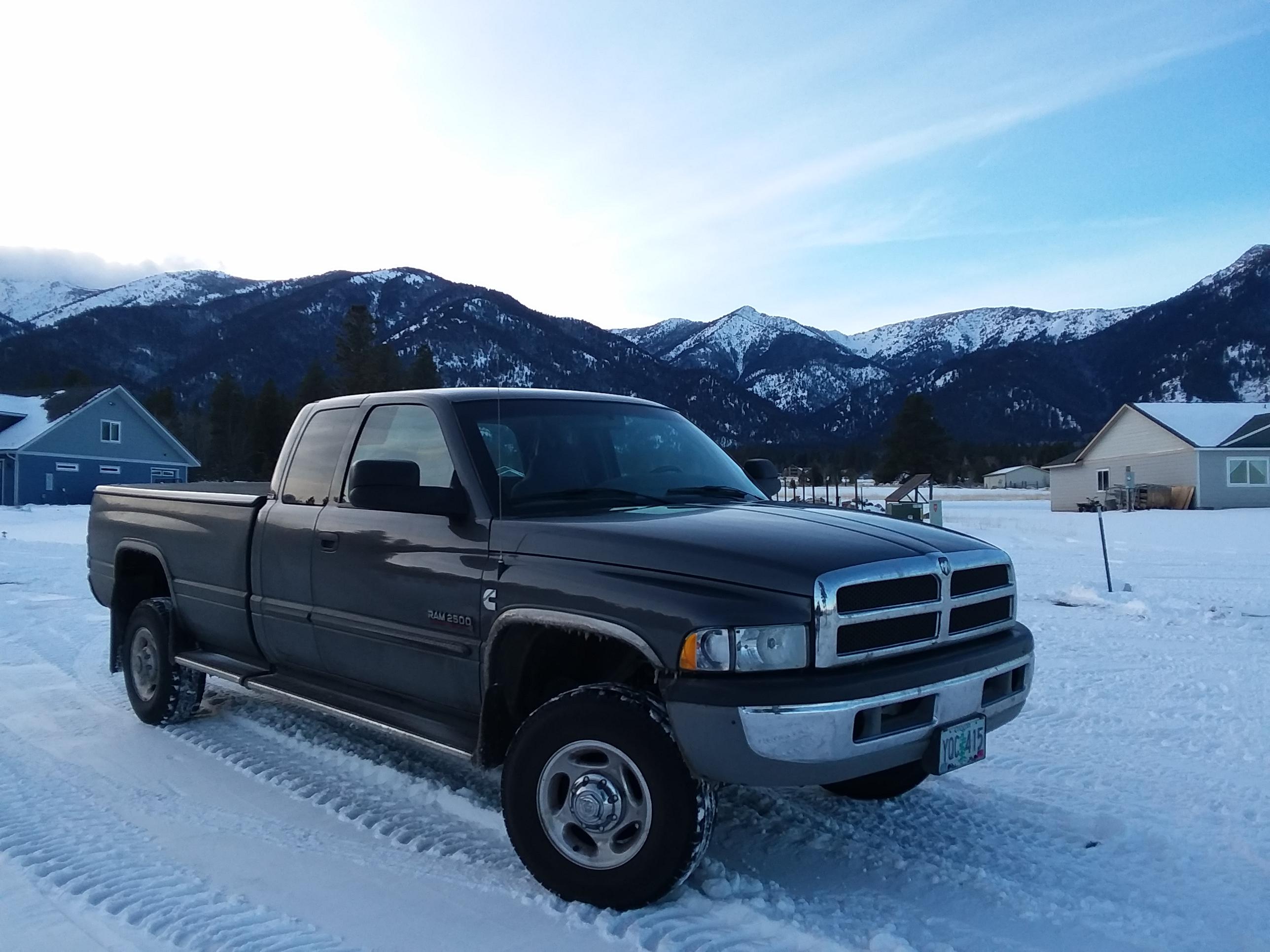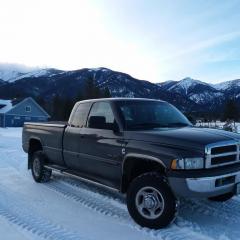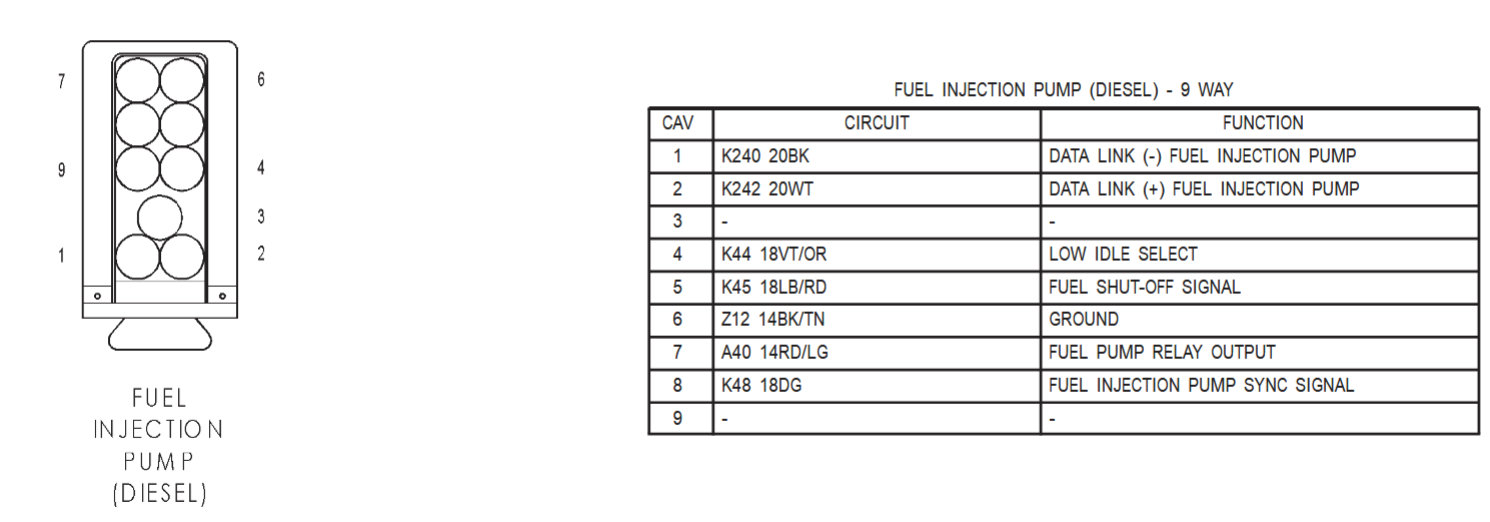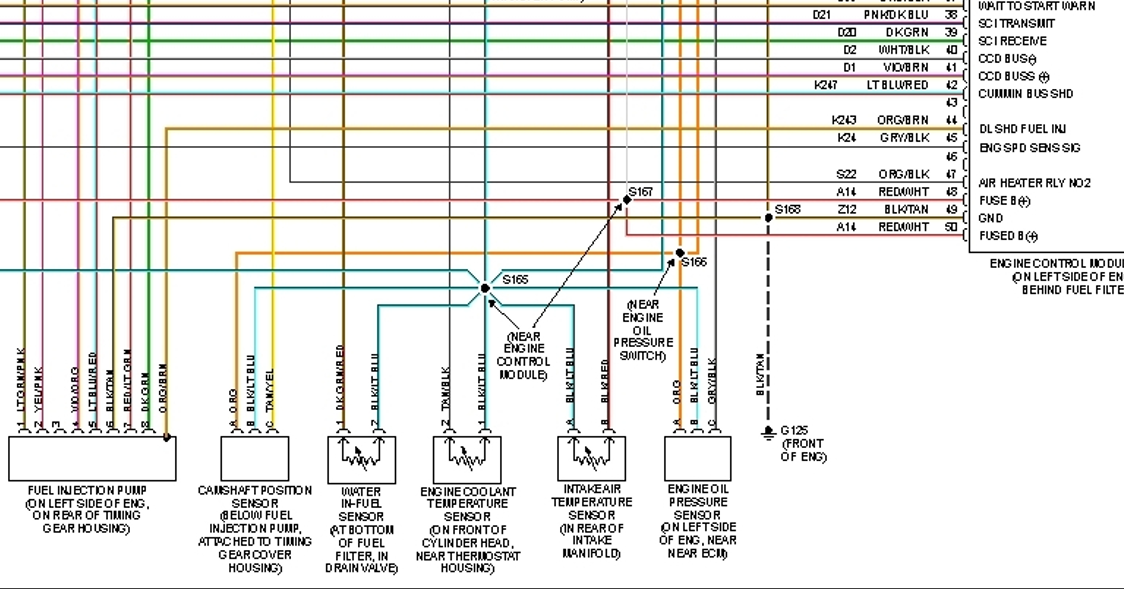
Tractorman
Yearly Subscription
-
Joined
-
Last visited
-
Currently
Viewing Topic: Fuel psi problems
-
I need to speak to the manager
@Mopar1973Man, that would be you...., John
-
Tractorman started following Yoke Grenaded , I need to speak to the manager , Fuel psi problems and 1 other
-
Fuel psi problems
Does this mean NO slow start when the engine is cold? If so, your lift pump pressure may be too high. The OEM fuel pump setup uses PWM (pulse width modulation) to reduce supply voltage to the lift pump, thus reducing fuel pressure, while cranking. The reasoning is that high lift pump pressure during cranking can affect the position of the timing piston, thus making the engine hard to start when warm. Not everyone has experienced this, but some have. Is your relay wired directly from the battery? You could try reducing lift pump pressure to see if this helps starting a warm engine. Don't get caught up in the, "you gotta have at least 14 psi lift pump pressure", as it is not true. Take it down to 12 psi or so at idle and see if that helps. Good to hear you found the problem with the lift pump. John
-
Fuel psi problems
On my truck the tee at the back of the head started to leak fuel about 15,000 miles ago (at 390,000 miles). At the time I had the transmission out while doing a clutch job and I noticed the leak. The connections were loose, so I just tightened the them from below. They have never leaked since. A leaking tee fitting (even if it's only leaking air) can cause long cranking times, but it will not affect fuel pressure after the engine is running - so, not likely to be your problem. I haven't tried accessing the tee fitting from the top of the engine. I would probably remove the valve cover and use a mirror to inspect the connections and then blindly reach around the back of the head to tighten them. John
-
Fuel psi problems
The tech is probably referring to the 14 psi overflow valve in the VP44 injection pump. This pressure control valve is very reliable and I am almost certain it is not your problem. People have replaced this valve because of not understanding how the fuel system works, and then found after replacement, their symptoms didn't change. Even if the overflow valve failed (as in opening at a lower pressure), it would have little or no effect on lift pump pressure. All fuel that enters the VP44 must pass through in internal fixed displacement vane pump. This pump is regulated at 100 - 300 psi depending on engine rpm and engine load. Because the internal vane pump is fixed displacement, additional fuel cannot be forced through it regardless of lift pump pressure. Both Airdog and FASS lift pumps use a ball and spring check valve to regulate fuel pressure by recirculating any fuel that is not being used by the injectors and the VP44 cooling system. If the lift pumps are high volume pumps (which yours probably is), then a lot of fuel has to recirculate, in fact more fuel recirculates than gets used. The pressure control valves on these lift pumps are usually not of high quality and the ball and seat can take a beating, which can cause symptoms that you are experiencing. I am surprised that the Tech didn't mention this. I would be looking at two possibilities for low / erratic lift pump pressure. Check the condition of the ball, spring, and seat in the lift pump. Check for any restriction / leaks in the low pressure fuel supply. Pay special attention to the suction fuel lines from inside the fuel tank to the lift pump. Many people that have observed erratic lift pump pressure have stretched the spring in the lift pump's pressure regulating valve for a bit more tension. For some it gave desired results. John
-
Fresh engine break in recommendations.
From what I understand regarding engine break-in for Cummins, is to operate the engine at various engine rpm's and various engine loads for a specified number miles (not sure about the miles ), and to not use synthetic oil during the break-in period. What Cummins does not want is a steady engine rpm and a steady engine load. Not sure about the use of break-in oil. John
-
Working through miss/studder issues - codes 0237 & 0230
I think you would have found it. Your scanner was telling you that you had low voltage at the injection pump. I should have recommended that you check that connection as that connector is part of the battery supply voltage. You ought to hook your scanner and see if the voltage to the injection pump is now steady and higher than it was. That would help to confirm your find. John
-
Working through miss/studder issues - codes 0237 & 0230
A poor connection at Pin #7 would absolutely match your symptoms, as it is the 12 volt power supply from the fuel pump relay. Keep us posted - hoping you will never experience the issue again. John
-
Working through miss/studder issues - codes 0237 & 0230
I was using the FSM to figure out what your corroded wire operated. If I am looking at the diagram correctly, terminal #9 should be the culprit. This pin-out says #9 isn't used. Am I looking at the correct pin? Do you know the wire color? John
-
Working through miss/studder issues - codes 0237 & 0230
This is great news! Your perseverance has paid off. I think you have found the problem. And you did it without replacing a bunch of parts. Congratulations! Good job with repairing that connector. John
-
Yoke Grenaded
Had you noticed any driveline vibration or noise prior to the event? Had the driveline been removed and re-installed recently? Was the rear u-joint still in good operating condition disregarding the damage from the end yoke failure? In other words, were the end caps lubed, not dry? How do you use this truck? Does it do any sled pulling? burnouts? I only ask these questions just to cover anything that may generate shock loads to the drivetrain. Personally, I would just replace the parts needed with the OEM style end yoke. After seeing what happened with your truck, I think I will inspect the end yoke on my truck. - John
-
Yoke Grenaded
Looks like a U-bolt style was used on the 2nd generation 3500's, but not the 2500's. I think the U-joints are a 1410 series on a U-bolt style. A conversion would be possible, but probably costly. Did you do a failure analysis to determine whether it was an instant failure, or one that was coming on slowly? The photo doesn't show all of the broken area, so it is hard to tell if there was a crack first, then a breakaway. As far as I know, the OEM type end yoke is not problem connection. - John
-
Working through miss/studder issues - codes 0237 & 0230
Thanks for posting video. That is definitely all cylinders cutting out - like the fuel is briefly shut off intermittently. I watched your video a few times. Couple of questions. Just before the first cut out, your tach increased in RPM's. Was that you pressing the throttle or did that happen on its own? Can you make it happen? If so, exactly how do you make it happen? We gotta get this fixed! John
-
Working through miss/studder issues - codes 0237 & 0230
The concern is with his varying battery voltage at the injection pump (not the ECM), which has been demonstrated in his graph. The graph below his first graph. His most recent graph has improved, but is still unstable. Do you have the capability to produce a graph on your truck to show what battery voltage should like at the injection pump? John
-
Working through miss/studder issues - codes 0237 & 0230
I apologize for not getting back to you yesterday. I had some emergency roof repairs to do as a result of an overnight wind storm. I did try my scanner late in the day, but apparently my scanner is not capable of reading battery voltage at the fuel injection pump. @Mopar1973Man , can you perform this test on your truck? John
-
Working through miss/studder issues - codes 0237 & 0230
I think the wires that you are referring to are for the fuel heater and water-in-fuel sensor. You may set a code if they are disconnected, but I don't think it will affect driveability. I think you are on track with verifying good electrical connections between the battery, the ECM, and the PSG on the VP44. "Volt Drop" + "Injection Pump Battery Voltage" seems to equal 14.00 volts, give or take a couple of hundredths on your graph of over 800 reading covering a 10 minute span. On some readings where the voltage is low (10.9 for example) adding the "Volt Drop" doesn't bring it to the 14.00 volt value. This could be because there is a split second recording delay from one reading to the other. I have a scanner, but I don't know if it will display voltage at the injection pump. I will give it a test tomorrow. John







